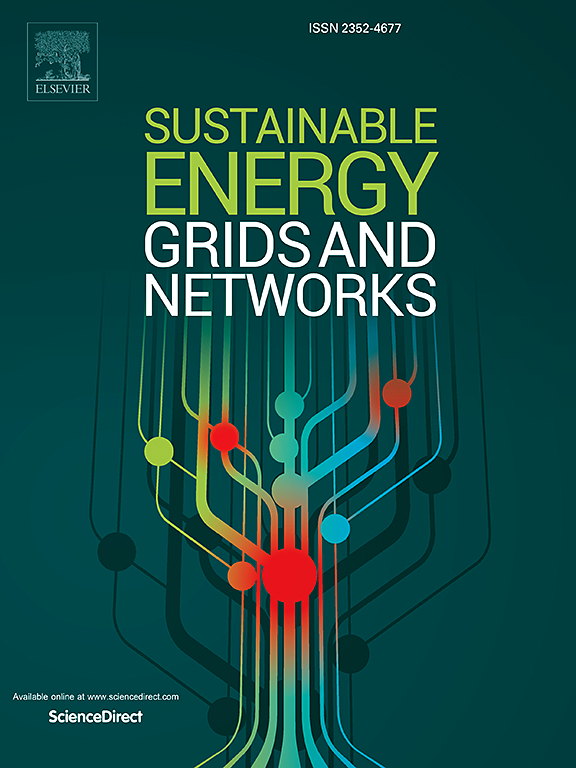Maximization of renewable generation hosting capacity in power transmission grids considering participation in energy and flexibility markets: A bilevel optimization model
IF 4.8
2区 工程技术
Q2 ENERGY & FUELS
引用次数: 0
Abstract
Investment in renewable energy generation is integral to transitioning to sustainable power and energy systems. In this regard, the concept of hosting capacity (HC) is a useful tool for renewable generation investors and system operators to identify the maximum quantity of connected renewable resources without modification or strengthening of the grid. However, a considerable part of the extant research addresses the technical requirements of the problem in distribution systems while neglecting the transmission system and market constraints. Renewable generation uptake has reduced reliance on fossil fuel-based resources in the power sector, while also demonstrating capability to address the flexibility needs of the system. This paper proposes a market-based approach for maximizing renewable generation HC in transmission systems considering both energy and flexibility markets. To this end, a bilevel optimization problem is developed to study the profitability of maximizing renewable generation HC. In the upper-level problem, an HC maximization is developed with respect to the non-negative profitability of the new generation investment. The lower-level problem addresses social welfare maximization of energy and flexibility markets in which new renewable energy generation can participate. The formulations are transferred into a single-level mixed-integer linear programming (MILP) problem to avoid the nonlinearity of the bilevel model. The proposed model is applied to a 2-bus illustrative example and the IEEE 24-bus reliability test system (RTS). The results demonstrate that renewable generation units can improve their profitability by participating in the flexibility market and thereby increase the renewable generation HC from a market perspective.
求助全文
约1分钟内获得全文
求助全文
来源期刊

Sustainable Energy Grids & Networks
Energy-Energy Engineering and Power Technology
CiteScore
7.90
自引率
13.00%
发文量
206
审稿时长
49 days
期刊介绍:
Sustainable Energy, Grids and Networks (SEGAN)is an international peer-reviewed publication for theoretical and applied research dealing with energy, information grids and power networks, including smart grids from super to micro grid scales. SEGAN welcomes papers describing fundamental advances in mathematical, statistical or computational methods with application to power and energy systems, as well as papers on applications, computation and modeling in the areas of electrical and energy systems with coupled information and communication technologies.
 求助内容:
求助内容: 应助结果提醒方式:
应助结果提醒方式:


